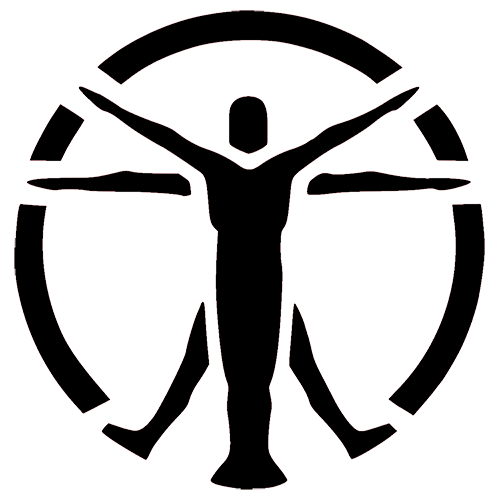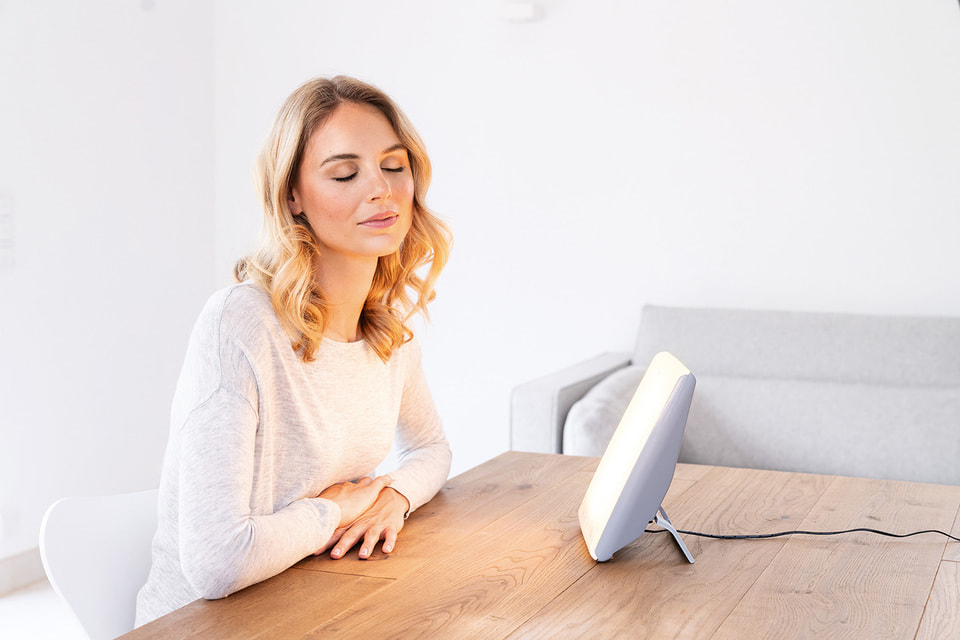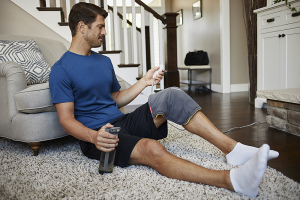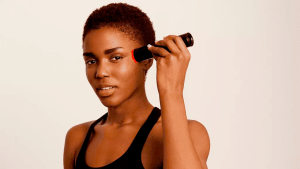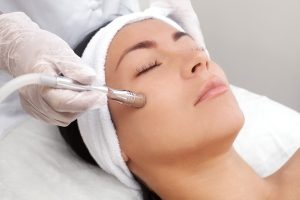In recent years, SAD (an abbreviation for Seasonal Affective Disorder) Lights have become increasingly popular all over the world. According to doctors and specialists, people who actively use SAD therapy do not only cope with a bad mood but also with more serious problems.
Our team decided to study this type of light therapy and its health effects. We reviewed a large number of clinical studies and experiments that support the effectiveness of SAD Lights.
In this article, you will find information about this type of light therapy, its features, and its effects on the body.
What is seasonal affective disorder (SAD)?

Seasonal affective disorder (SAD) is a variant of depressive disorder that occurs at the same time every year, usually in winter. SAD, also known as seasonal depression, can affect your mood, sleep, appetite, and energy levels, affecting every aspect of your life, from your relationships and social life to work, school, and self-esteem.
It is believed that 1–2% of the world’s population is affected by SAD, while 10–20% of people are already familiar with milder symptoms. It has also been shown that women are four times more likely to have SAD than men [1].
What are the signs and symptoms of SAD?
In most cases, symptoms of the seasonal affective disorder appear in late fall or early winter and resolve on the sunnier days of spring and summer. Less commonly, people develop symptoms in the spring or summer. In any case, symptoms can start mild and become more severe as the season progresses.
SAD symptoms may include:
- Increased fatigue
- Feeling depressed almost every day
- Lack of interest in daily activities
- Sleep problems
- Change in appetite or weight
- Feeling lethargic or excited
- Difficulty concentrating
- Frequent thoughts of death or suicide
Seasonal depression is associated with reduced daylight hours and lack of sunlight. When the seasons change, our internal biological clocks and daily biorhythms are rebuilt. This is what causes seasonal depression.
Also, the production of melatonin, the sleep hormone, has been linked to seasonal depression. Its level rises in the dark. As the days get shorter and darker, more melatonin is produced. Scientific research shows that bright light alters the biochemical processes in the brain. The most difficult months for those suffering from this disorder are January and February. If we talk about the age at which, as a rule, seasonal depression occurs, then this is the interval from 18 to 30 years [1].
What are SAD Lights?

SAD Lights are fluorescent lamps intended for the treatment of seasonal affective disorder — winter depression. These lamps emit between 2,500 and 10,000 lux. For comparison: ordinary lamps have a power of up to 500 lux.
Because people with general depression often also experience low serotonin levels, this population may also benefit from using light therapy lamps. These lamps can even help people with sleep disorders such as insomnia, jet lag, or simply sleeplessness caused by work schedule changes. Since SAD Lights help in regulating our natural circadian rhythm, thereby helping to fight fatigue and anxiety.
How it works
SAD Lights, with low-intensity blue, long waves of red light, and bright white light, are commonly used for the treatment of depressive disorders, insomnia, seasonal affective disorder, and productivity enhancement. Different color temperatures are perceived differently by the brain and trigger different processes in it.
Light therapy involves sitting next to a special lightbox for 30-60 minutes a day. The eyes should be open, but not looking at the light. Many people use this time to read a newspaper, book, or eating.
In the morning and afternoon, the light should be brighter and colder — this suppresses the synthesis of melatonin, activating the production of cortisol — the “stress hormone”, as a result of which it is easier to wake up, concentrate and tune in to work. Before going to bed, on the other hand, it is recommended to turn on a dim warm light to promote the synthesis of melatonin, the “sleep hormone”.
In patients who are accustomed to staying up late at night and getting up late in the morning, phototherapy is most effective in the morning, sometimes with an additional effect of 5-10 minutes during the day. For patients who are accustomed to going to bed early and getting up early, phototherapy is most effective between 3 pm and 7 pm.
Changes in the state in a positive direction when using SAD Lights are observed after a few days. But therapy is best carried out stably for at least two weeks, and preferably up to four weeks.

Do SAD Lights really work? Based on clinical researches
SAD Lights are a well-established treatment with no serious side effects that use different types of light to treat different conditions.
SAD Lights and mental health
Bright light is by far the most widely used form of light therapy for all mood disorders.
The following research [2] confirms the effectiveness of bright light. At Copenhagen Hospital, depressed patients in sunshine wards are discharged twice as fast as patients in opposite rooms. The difference in terms of treatment between the first and the second is on average 29 days. Scientists associate this with light: daylight in sunny rooms is almost 20 times brighter than in opposite ones, which means that it is easier for patients’ biological clocks to work.
Based on this, a study [3] involving 46 patients with bipolar disorder were randomly assigned to be treated with either bright white light at 7000 lux or dim red placebo lighting at 50 lux. At baseline, both groups had mild depression and no manic symptoms. Compared to the placebo group receiving the red light, the group receiving the bright white light experienced a significantly higher remission rate (68.2% versus 22.2%).
Also, a study was conducted [4], which involved 58 patients with depressive bipolar disorders. The patients received bright light therapy for 21 days. The results showed a significant improvement in mental health. Remission was achieved in 55% of treatment cases and symptom relief in 57%.
The data from these studies provide strong evidence supporting the efficacy of bright light therapy for bipolar depression.

SAD Lights and seasonal affective disorder (SAD)
Also at the household level, SAD Lights are used in the treatment of seasonal affective disorder. This term is called seasonal depression, or, in other words, winter melancholy, from which people with normal mental health suffer when there is not enough sunlight.
A study [5] involving 27 people took part who experienced the first signs of SAD. 16 patients were treated with SAD Lights and the remainder received no treatment. As a result, none of the patients in the SAD Lights group became severely depressed during the remainder of the winter season, while 5 out of 11 in the untreated control group did.
The next study [6] confirms the effectiveness of the treatment of early signs of SAD by exposure to light. It involved 17 patients, 10 of whom received SAD Lights as a treatment. The result showed that none of the patients in the treated group developed any signs of depression during the remainder of the winter season, while 5 out of 7 patients in the control group who did not receive any treatment became depressed.
From this, we can conclude that the use of light when the first signs of SAD appear, prevents its development into a full-scale depression.
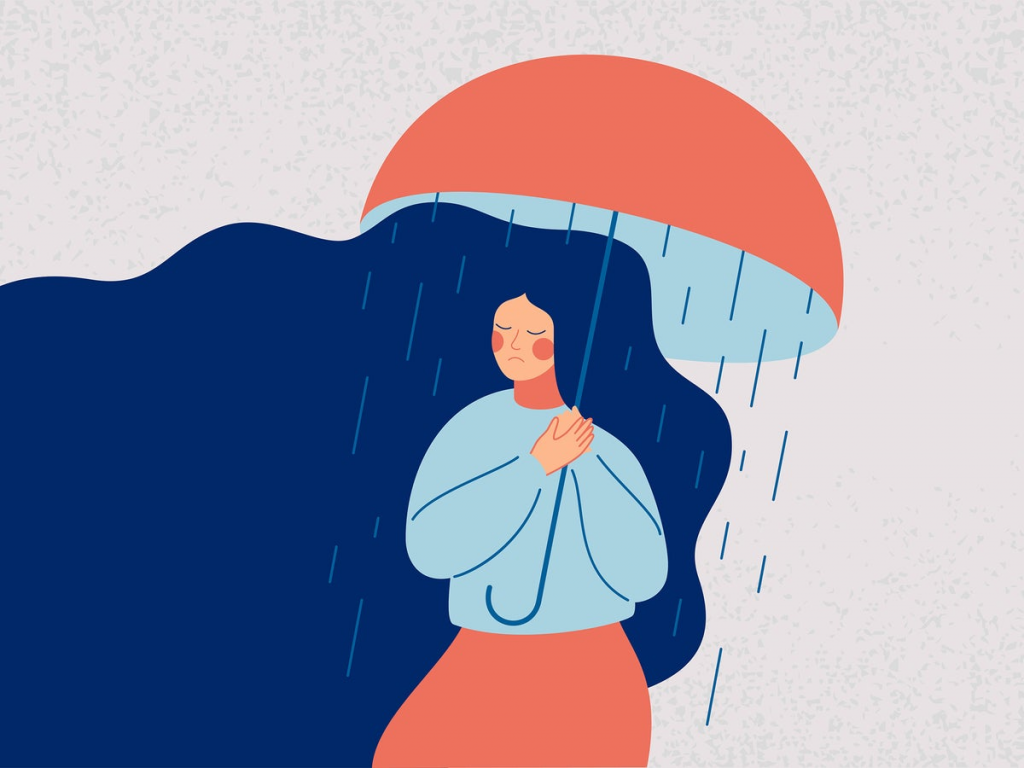
SAD Lights and neurology
Light therapy is one of the most effective ways to restore the body after a stroke. In hospitals in Europe, they practice the installation of light systems that give blue, dawn lighting at the beginning of the day, shine brightly during the day, “warm”, simulating a sunset, and turn off at night. After a stroke, the biological clock is usually lost, and artificial daylight hours, regardless of the season, return patients to sleep.
A study was carried out [9], in which the premises of a Danish hospital were equipped with special light systems. Patients who were admitted for rehabilitation after a stroke were exposed to this light. As a result, the light that mimics the natural variation of the daytime spectrum has been shown to have a positive impact on the health of stroke patients.
SAD Lights are also used in patients with Parkinson’s disease, one of the consequences of which is sleep disturbance.
A study [10], was carried out in which 31 patients with Parkinson’s disease and concomitant excessive daytime sleepiness, was prescribed light therapy. As a result, this treatment was well tolerated and resulted in significant improvement in excessive daytime sleepiness and some other sleep parameters, and the severity of Parkinson’s disease.

SAD Lights and productivity
The brightness and type of lighting we find ourselves in during the working day have a big impact on health, mood, and productivity.
The brain reacts to different colors of light in different ways. The shortwave shades of blue send a signal to the body and brain that the sun has risen, and our bodies begin to suppress the sleep hormone melatonin.
Research [11] claims that if you sit in blue light for a while before doing an important task, your productivity will improve. Scientists found that a group of people who worked in the dark with a blue light source completed various tasks faster, and at the same time, the speed of their work did not affect the quality in any way.
Insufficient lighting leads to negative consequences. According to the study [12], employees who operate in rooms without natural light sleep on average 46 minutes less than those who work in offices with windows. At the same time, sleep deprivation and disturbed circadian rhythms lead to decreased productivity and overall vitality.
Based on this, we can conclude that blue lighting should be used in those places where increased attention and quick response are required. With the help of blue light, you can improve people’s attention by about half an hour before completing tasks that require special attention.
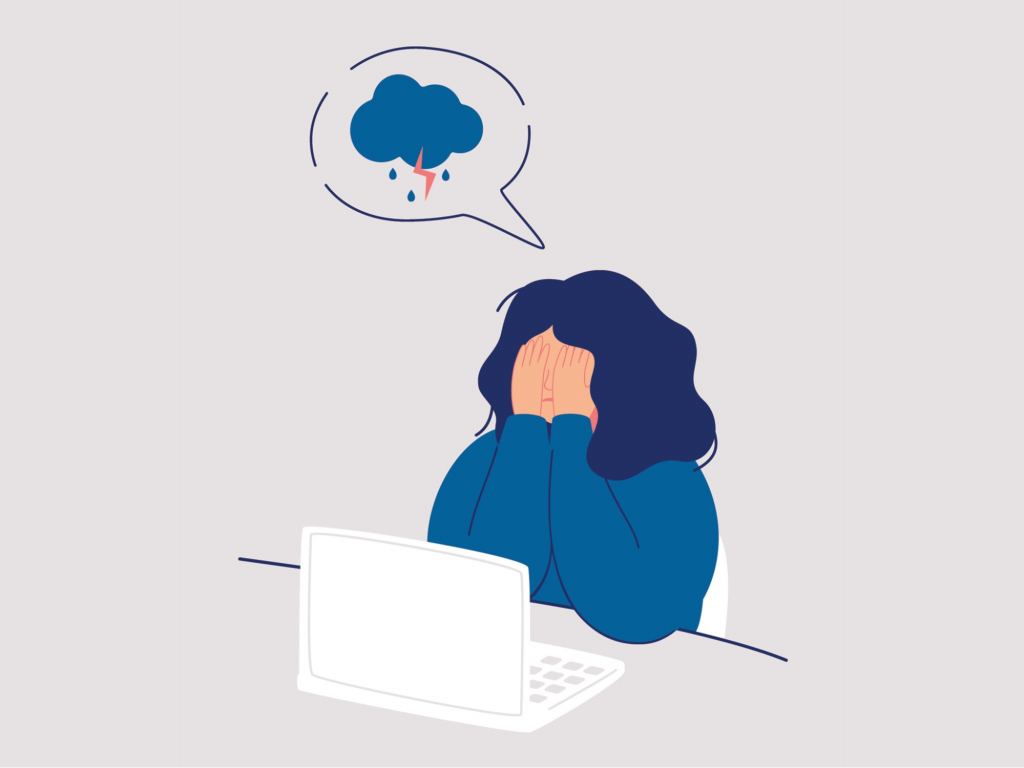
SAD and animals
Animals likely encounter something similar. Although there has been no large-scale research yet, a survey [7] conducted by a British charity among dog owners showed that one in three pets become less playful and more aggressive during the dark winter months. A third of cat owners in the same survey [7] said that their animals are less active in winter than in summer, and another quarter noted that cats’ appetite increases in autumn and winter.
To all this can be added a study [8], conducted at Ohio State University, during which it was possible to record the symptoms of SAD in hamsters. The results showed that the hormone melatonin plays a key role in seasonal behavioral changes found in hamsters. Melatonin is also found in the human body, which is one of the reasons this research may apply to human conditions such as seasonal affective disorder (SAD). In the future, the researchers plan to study whether SAD Lights will reduce seasonal anxiety and depression symptoms in hamsters.
The verdict
SAD Lights are an emerging light therapy technology that is actively used for a variety of conditions, including depressive disorders, the aftermath of a stroke, Parkinson’s disease, productivity, and more.
Treatment of SAD Lights is most often carried out using a special lightbox, near which you need to be for 30 to 60 minutes, depending on the brightness of the lamp and the desired effect.
SAD light therapy is safe for health, as well as painless, it has no serious side effects and few contraindications. However, before using SAD Lights, we recommend that you consult with your doctor to avoid unexpected situations.
FAQ:
👀 Can SAD Lights damage your eyes?
SAD Lights have a built-in filter that removes UV rays harmful to the eyes. Therefore, most people who have no contraindications to the use of light therapy can use this light without harm to health.
⏳ How long should I sit in front of SAD Lights?
It all depends on what effect you want to achieve. For symptoms of SAD, it is recommended to sit near SAD Lights, usually for 30 minutes to an hour each day. If you want to increase your productivity, 30 minutes under the influence of light will be enough.
💊 Is vitamin D produced during the action of SAD Lights?
Although it is light therapy, this type of light does not affect the production of vitamin D. If you have a deficiency of this vitamin, see your doctor who will find out the cause and prescribe appropriate treatment.
💡 What is the best time of day to take SAD Lights for seasonal affective disorder?
The time of day for a session depends on the patient’s circadian rhythms, so it is different for everyone. If you are used to staying up late, therapy will be most effective in the morning. If you go to bed early, phototherapy after 3 pm will suit you.
Sources
- Hiltunen P. et al. Seasonal variation in postnatal depression // J. effect. Disord. — 2004. — № 78(2). — Р. 111-118.
- Gbyl K, Ostergaard Madsen H, Dunker Svendsen S, Petersen P, Hageman I. Depressed Patients Hospitalized in Southeast-Facing Rooms Are Discharged Earlier than Patients in Northwest-Facing Rooms. – Neuropsychobiology. 2016;74(4):193-201. DOI: 10.1159/000477249. Epub 2017 Jun 22.
- Dorothy K Sit, James McGowan, Christopher Wiltrout, Rasim Somer Dile, John Jesse Dills, James Luther, Amy Yang. Adjunctive Bright Light Therapy for Bipolar Depression: A Randomized Double-Blind Placebo-Controlled Trial – Am J Psychiatry. 2018 Feb 1;175(2):131-139. DOI: 10.1176/2017.16101200. Epub 2017 Oct 3.
- Deltito J A, Moline M, Pollak C, Martin L Y, Maremmani I. Effects of phototherapy on non-seasonal unipolar and bipolar depressive spectrum disorders. – J Affect Disord. 1991 Dec;23(4):231-7. DOI: 10.1016/0165-0327(91)90105-2.
- Y Meesters, J H Jansen, D G Beersma, A L Bouhuys, R H van den Hoofdakker. Early light treatment can prevent an emerging winter depression from developing into a full-blown depression. J Affect Disord – 1993 Sep;29(1):41-7. DOI: 10.1016/0165-0327(93)90117-3.
- Y Meesters, P A Lambers, J H Jansen, A L Bouhuys, D G Beersma, R H van den Hoofdakker. Can winter depression be prevented by light treatment? J Affect Disord – 1991 Oct;23(2):75-9. doi: 10.1016/0165-0327(91)90094-9.
- A survey of the British veterinary organization PDSA. – https://www.pdsa.org.uk/
- Ohio State University. Seasonal Depression, Anxiety Affects Hamsters, Study Finds. ScienceDaily. ScienceDaily, 25 November 2005.
- West A, Jennum P, Simonsen S, Sander B, Pavlova M, Iversen H. Impact of naturalistic lighting on hospitalized stroke patients in a rehabilitation unit: Design and measurement. The Journal of Biological and Medical Rhythm Research – Volume 34, 2017 – Issue 6 – p.687-697. – https://doi.org/10.1080/07420528.2017.1314300
- Videnovic A, Klerman E, Wei Wang. Timed Light Therapy for Sleep and Daytime Sleepiness Associated With Parkinson Disease – A Randomized Clinical Trial. – JAMA Neurol. 2017;74(4):411-418. doi:10.1001/JAMA Neurol.2016.5192
- Darien I – Exposure to Blue Wavelength Light is Associated with Increased Dorsolateral Prefrontal Cortex Responses, and Increases in Response times During a Working Memory Task. – Abstract ID: 0072
- Boubekri M, Cheung B, Reid K. J, Chia-Hui Wang and Zee C. Impact of Windows and Daylight Exposure on Overall Health and Sleep Quality of Office Workers: A Case-Control Pilot Study – J Clin Sleep Med. 2014 Jun 15; 10(6): 603–611.
